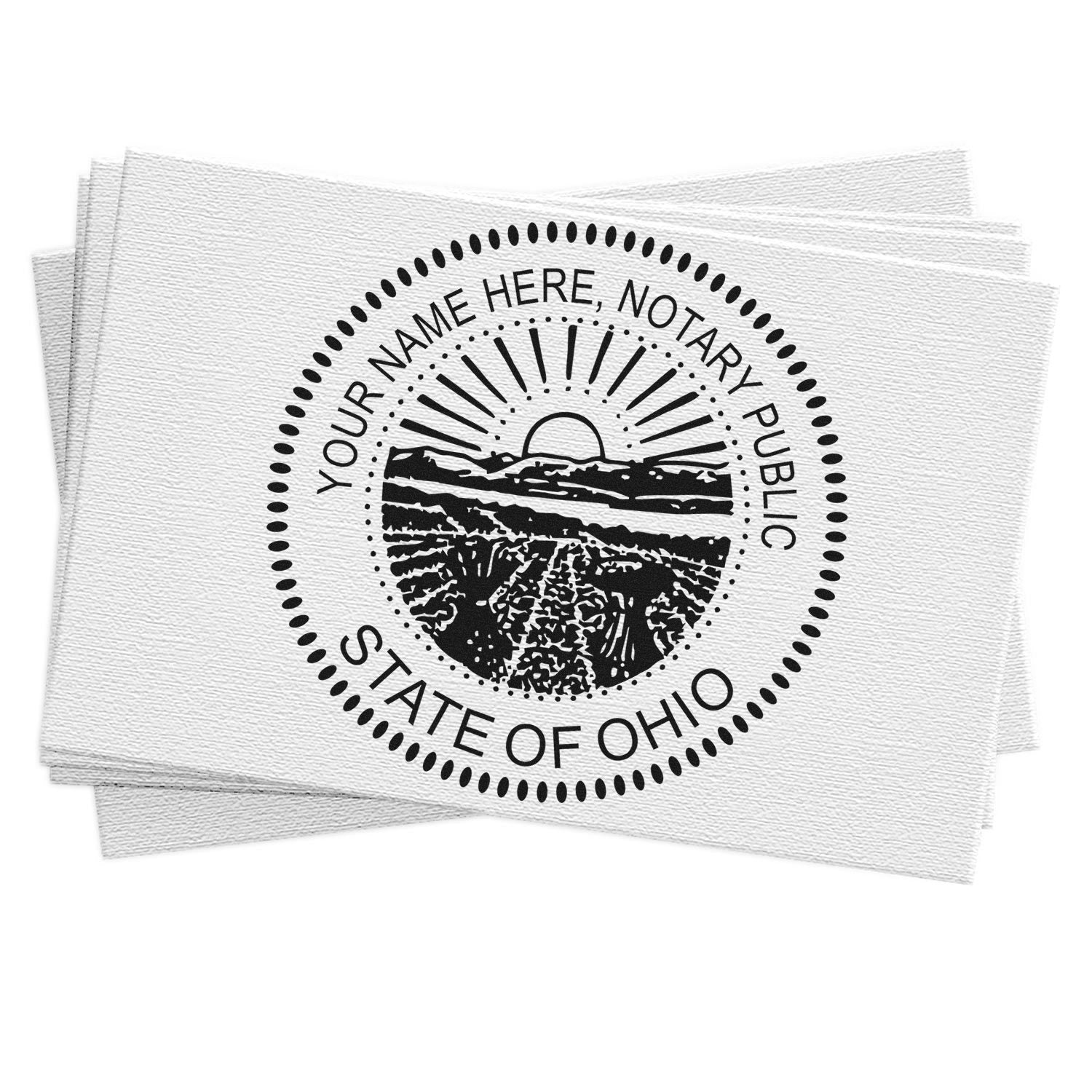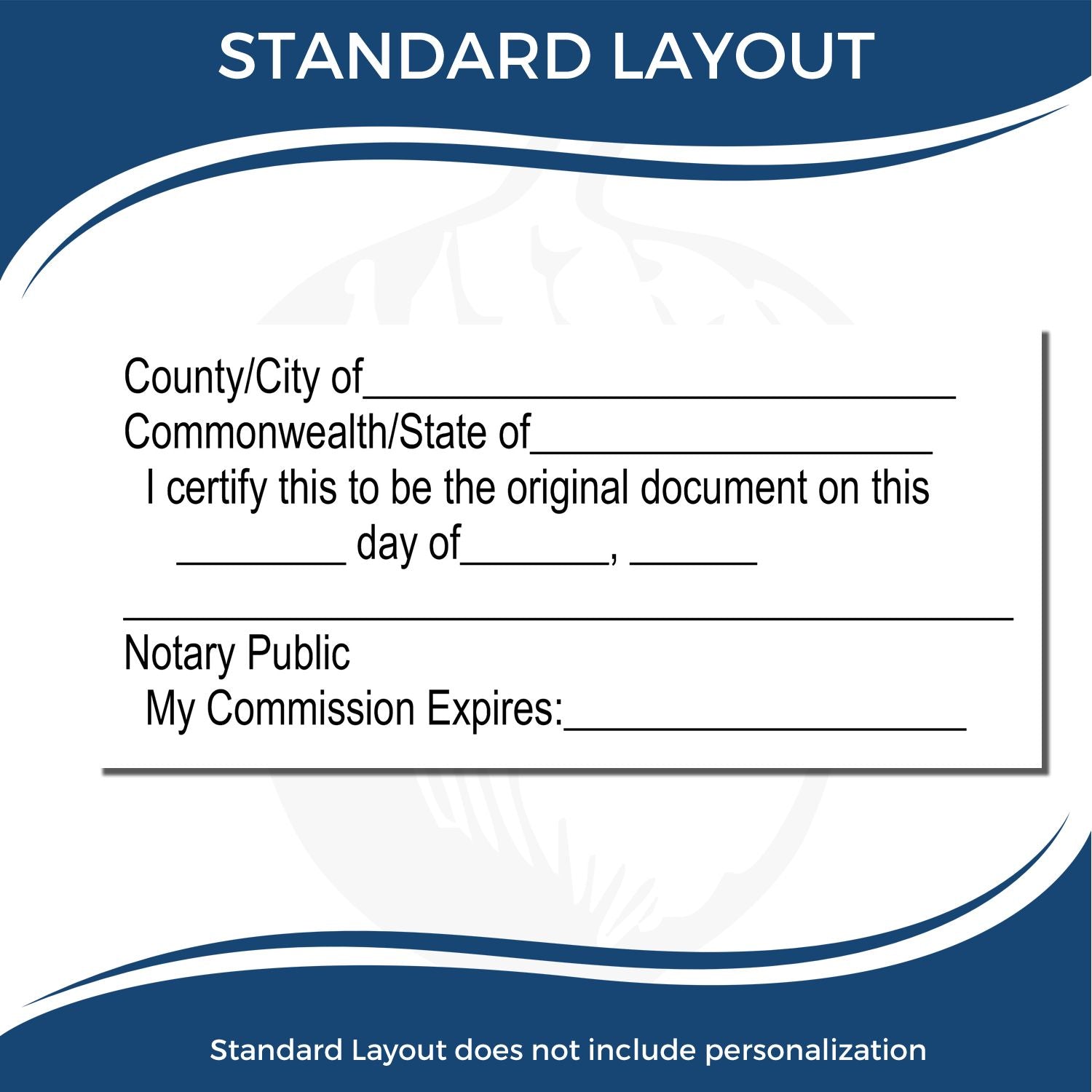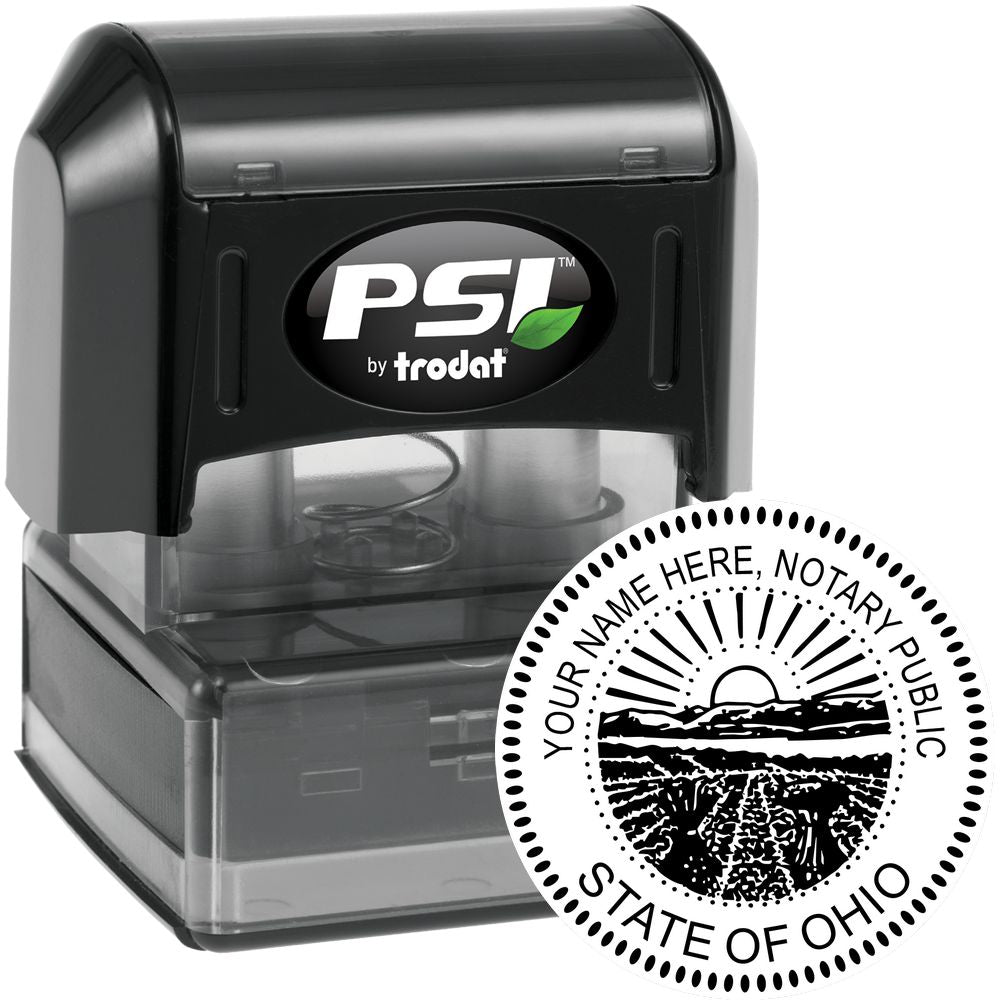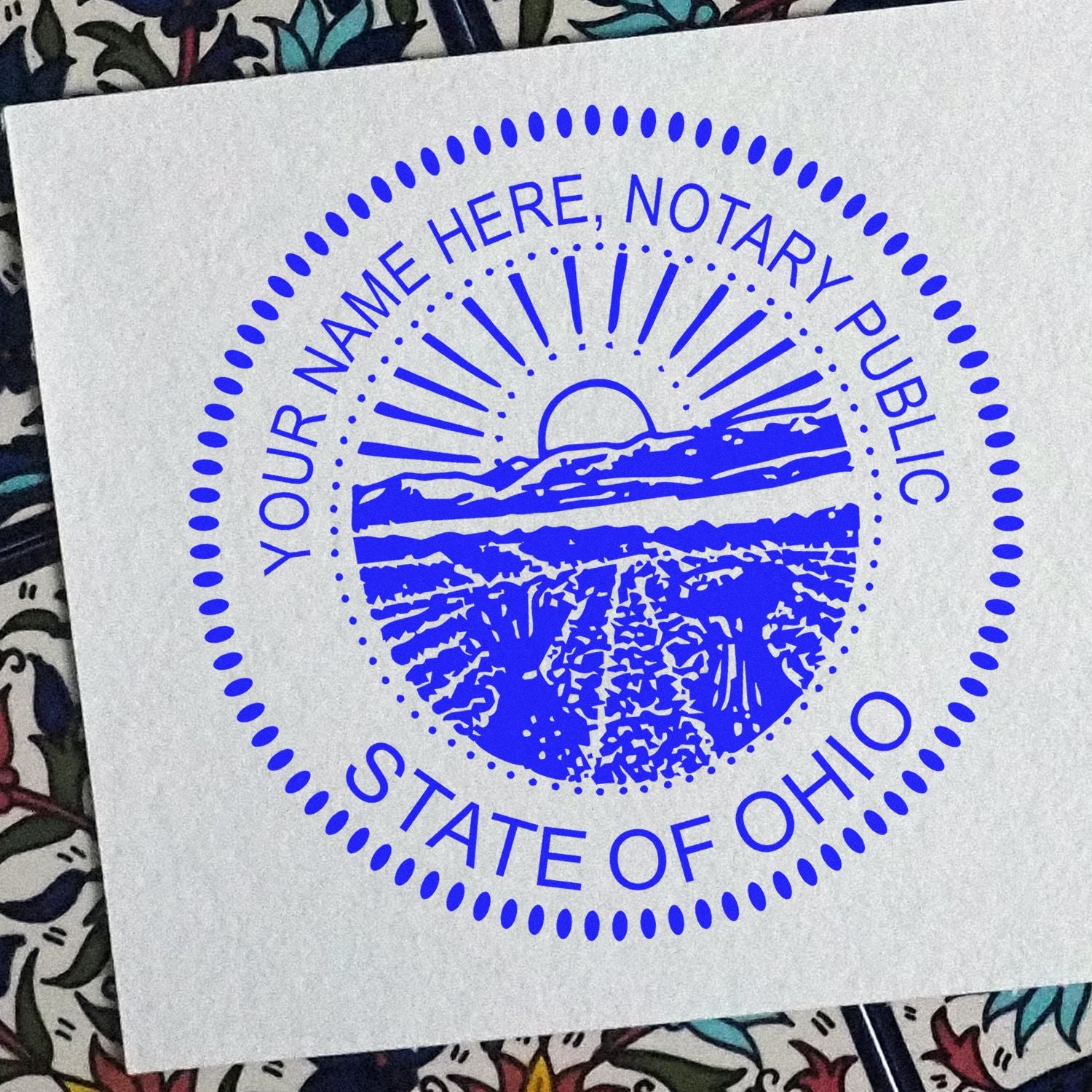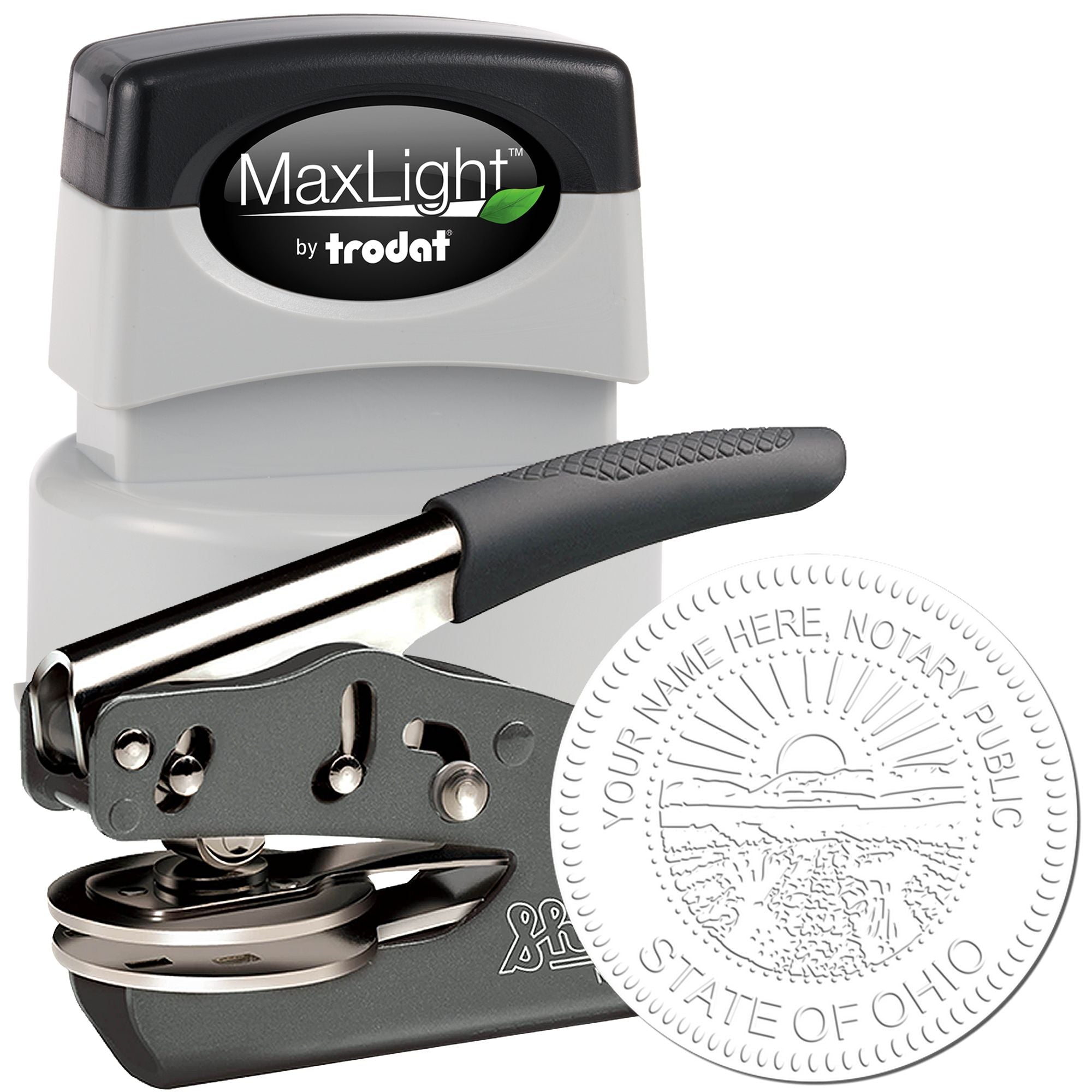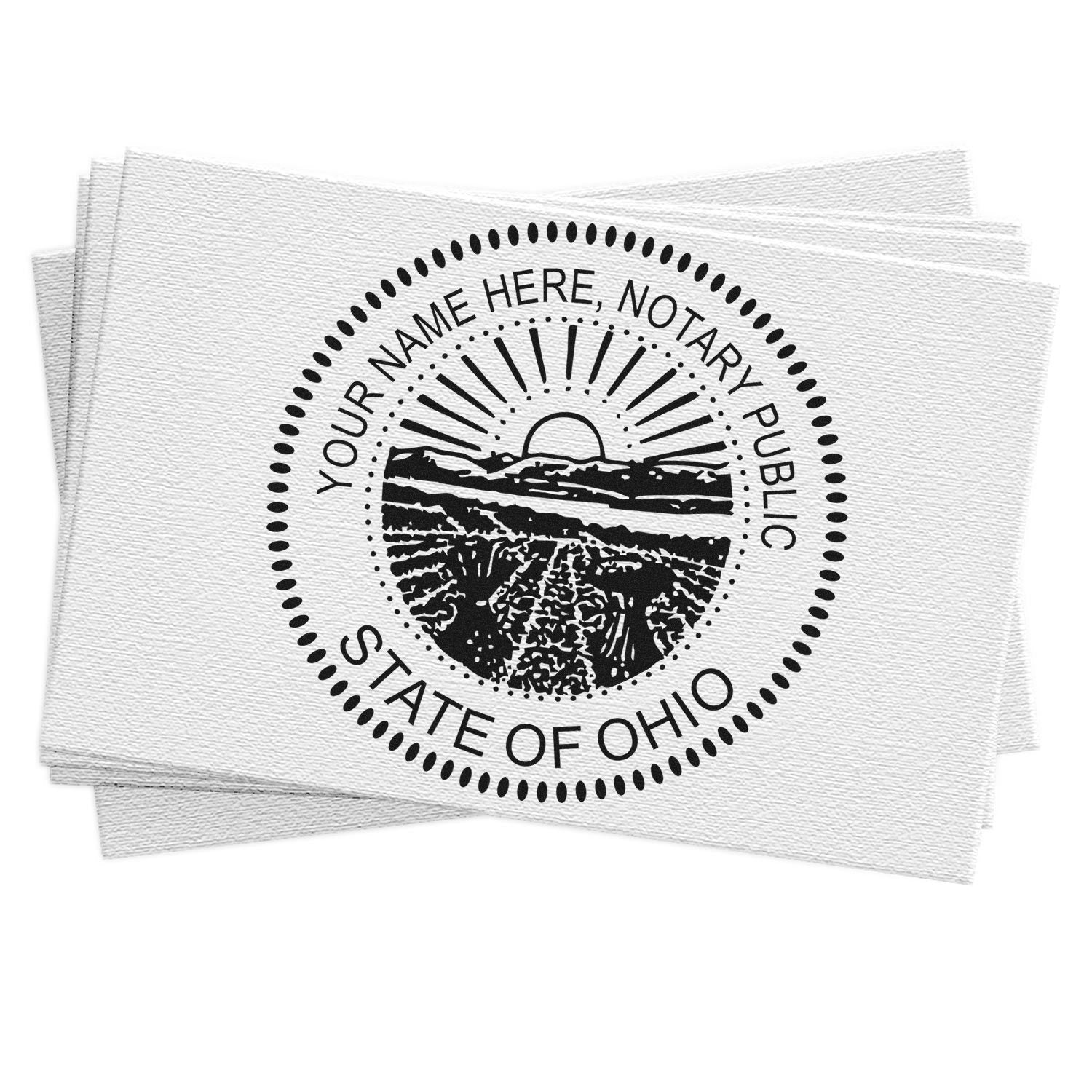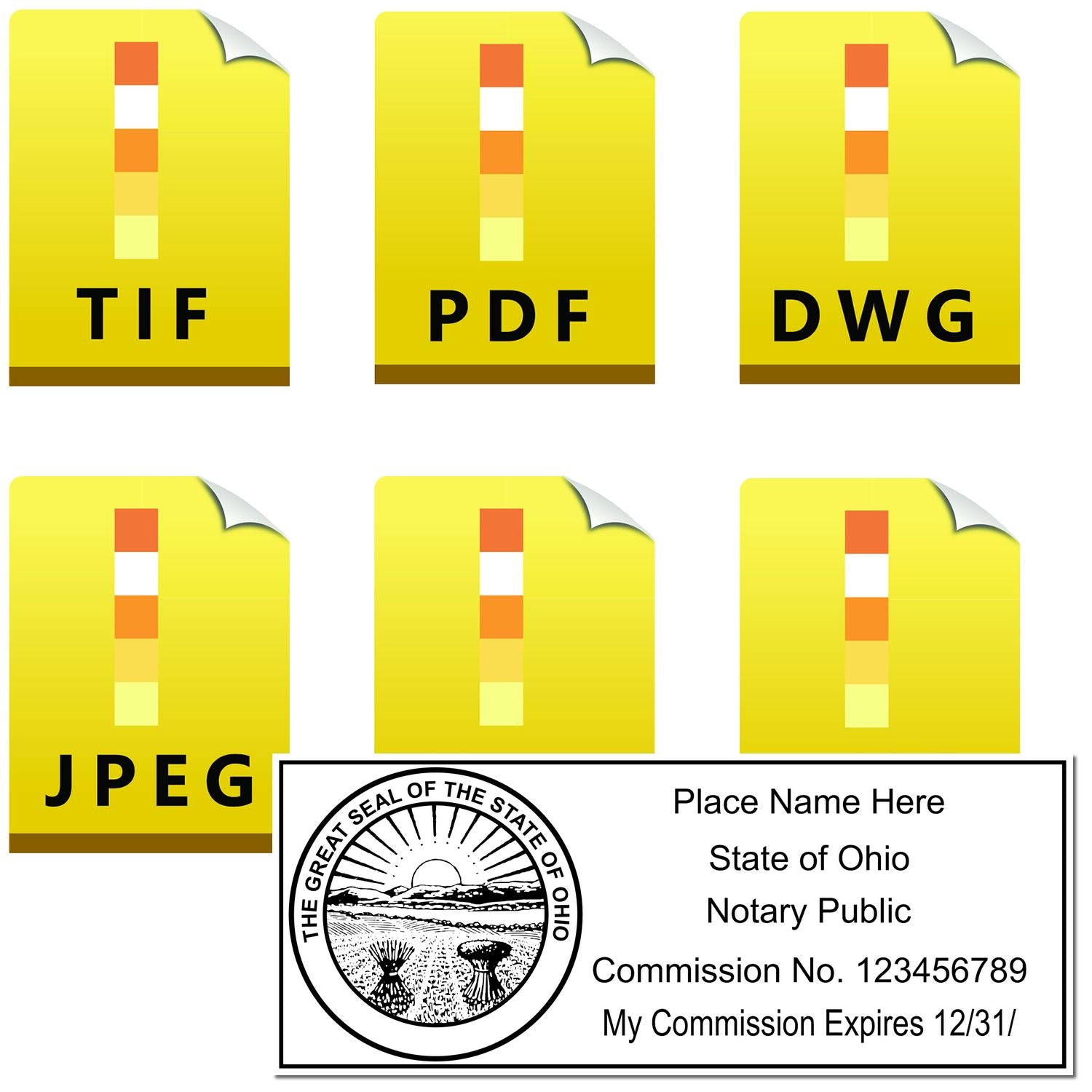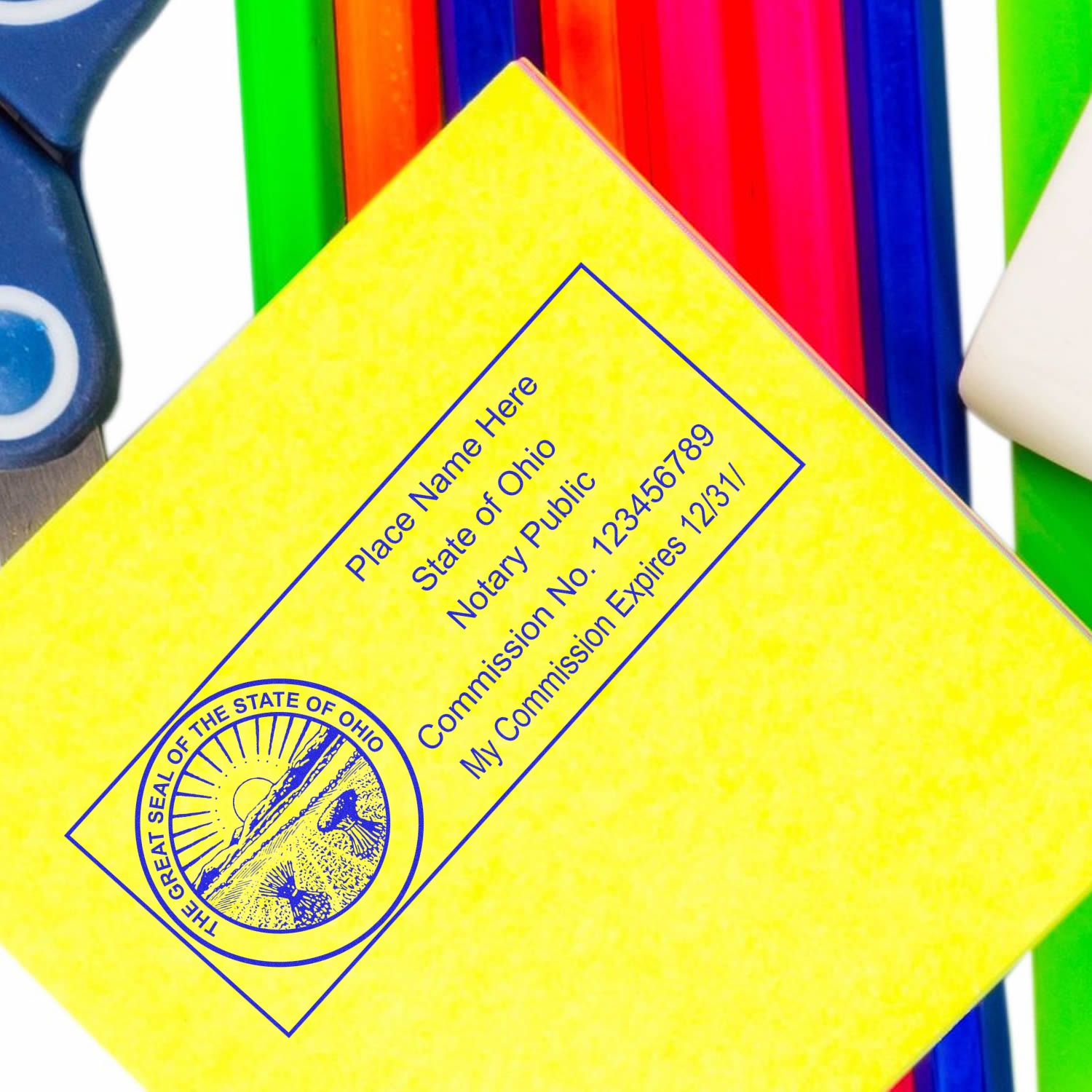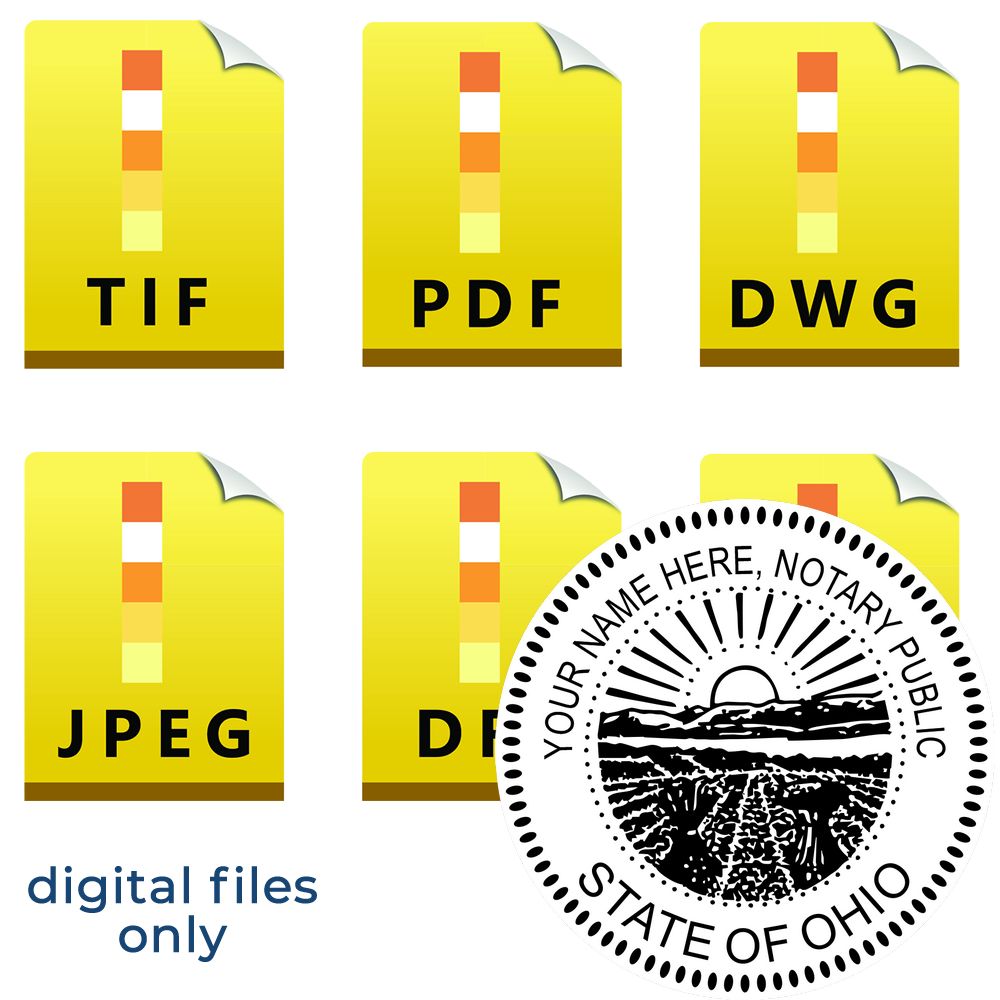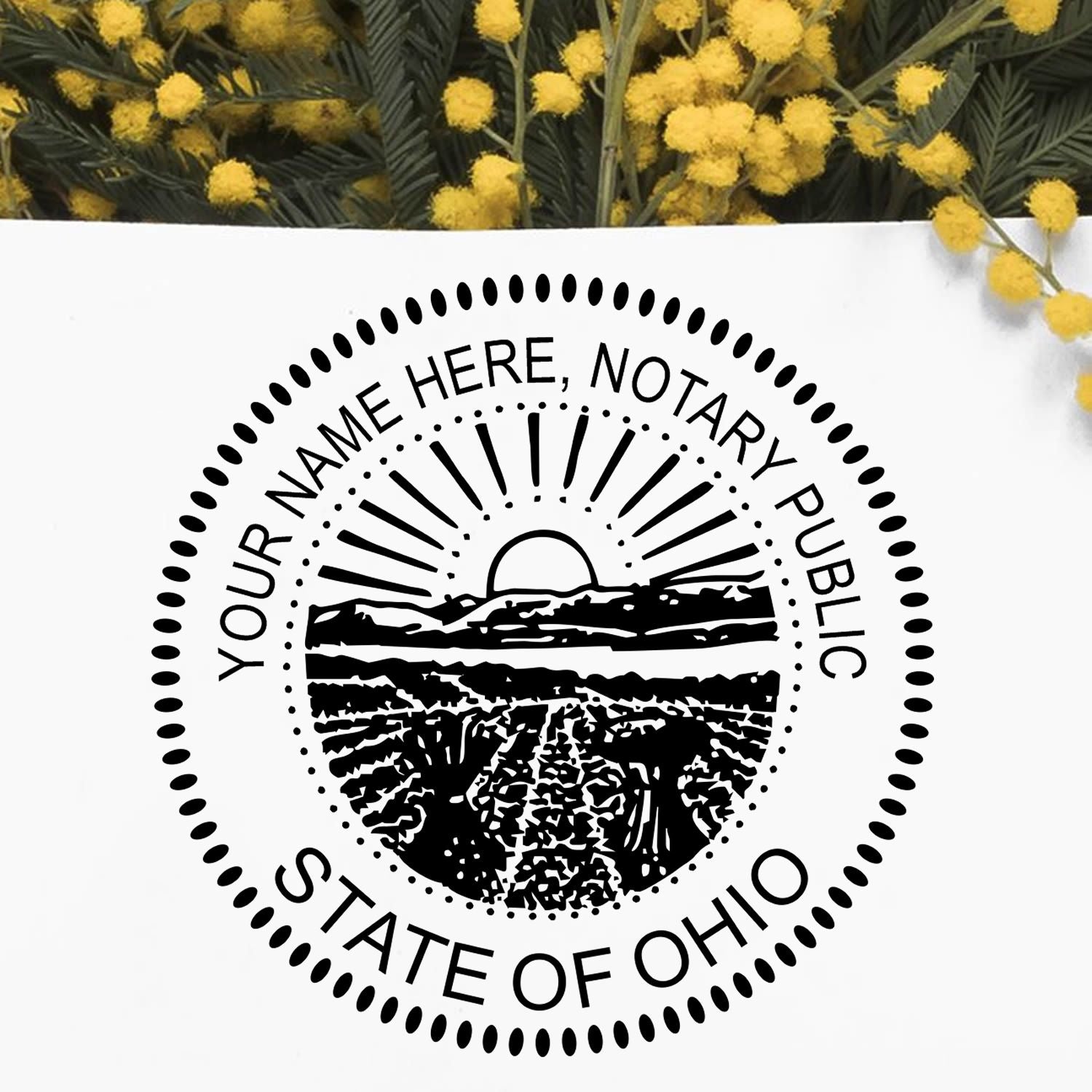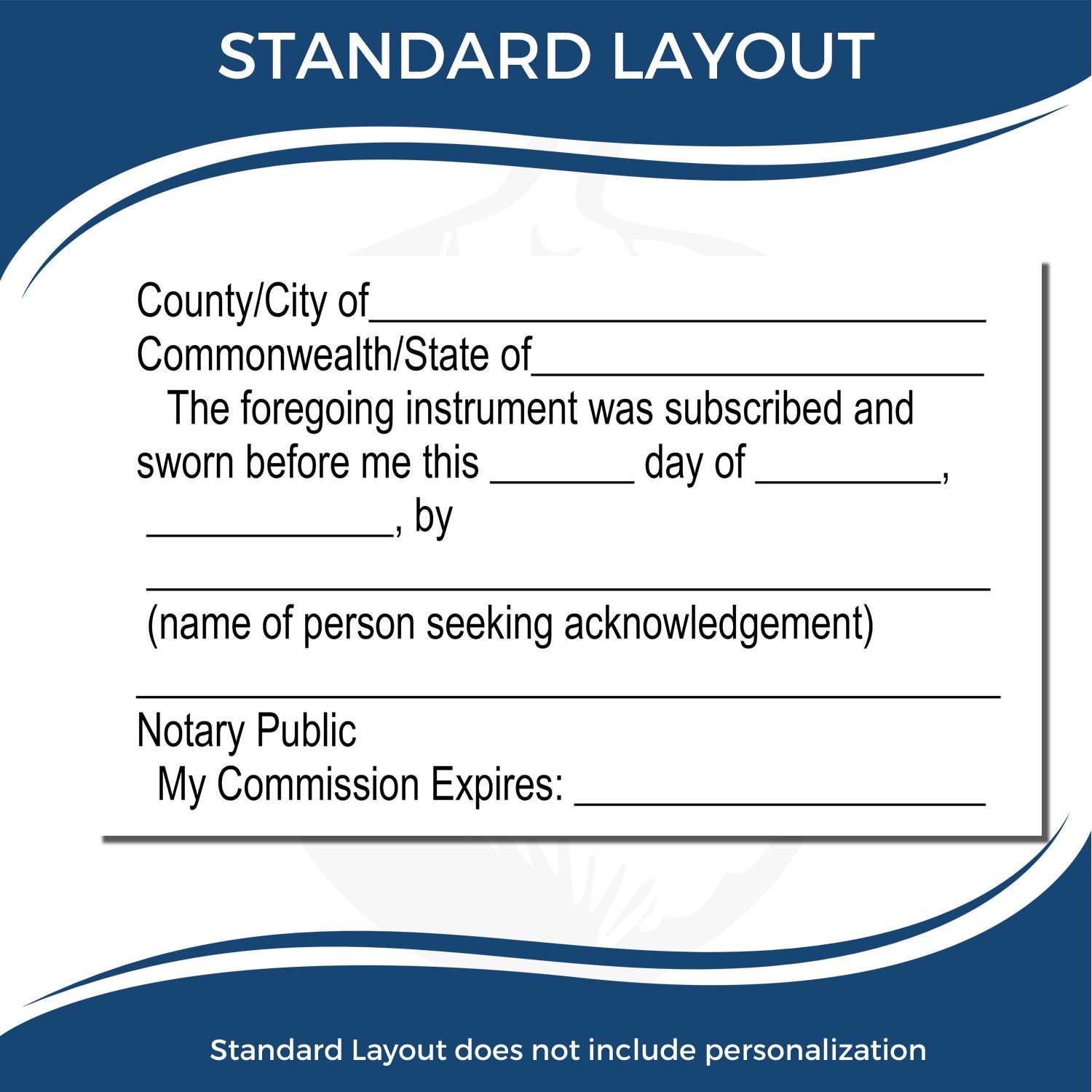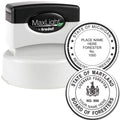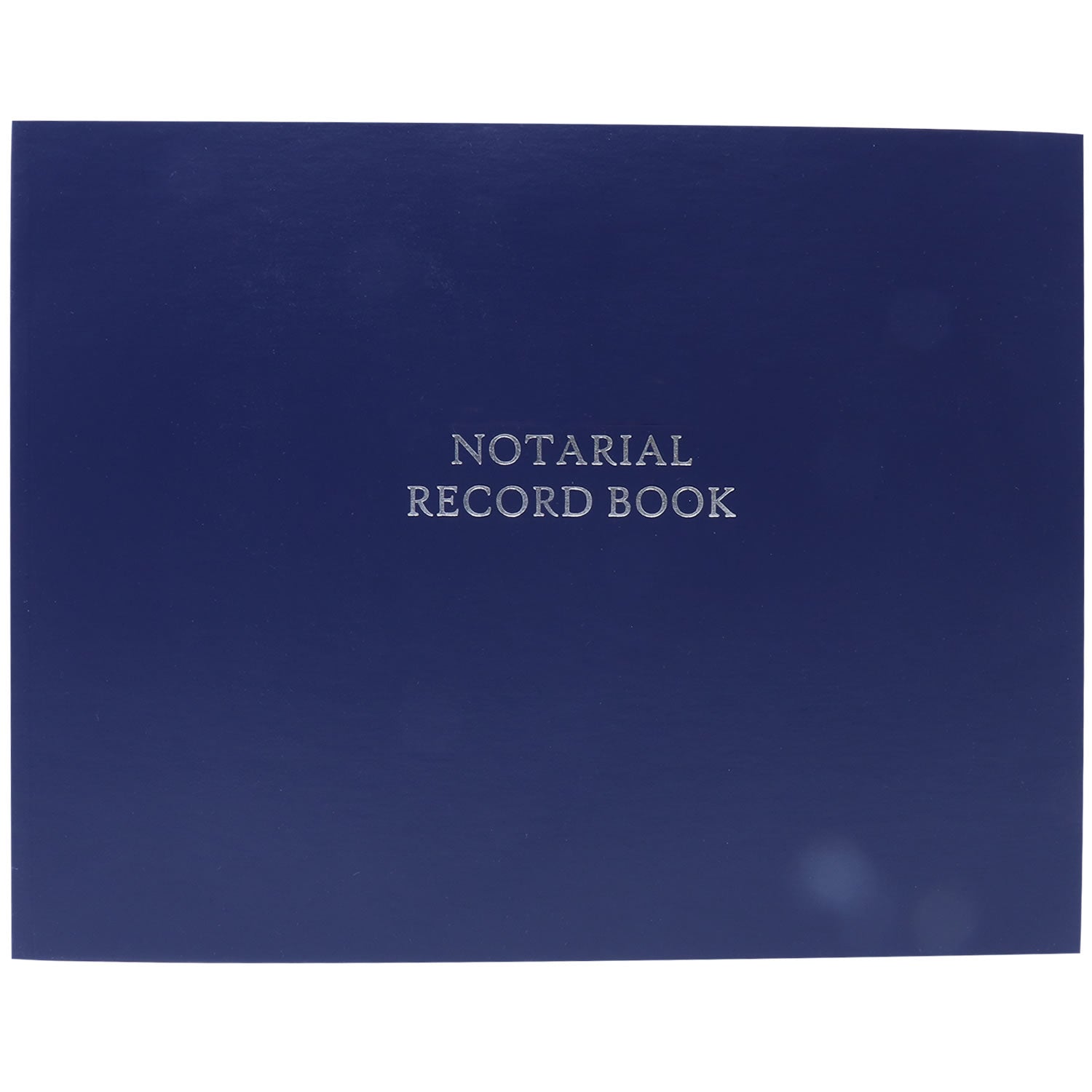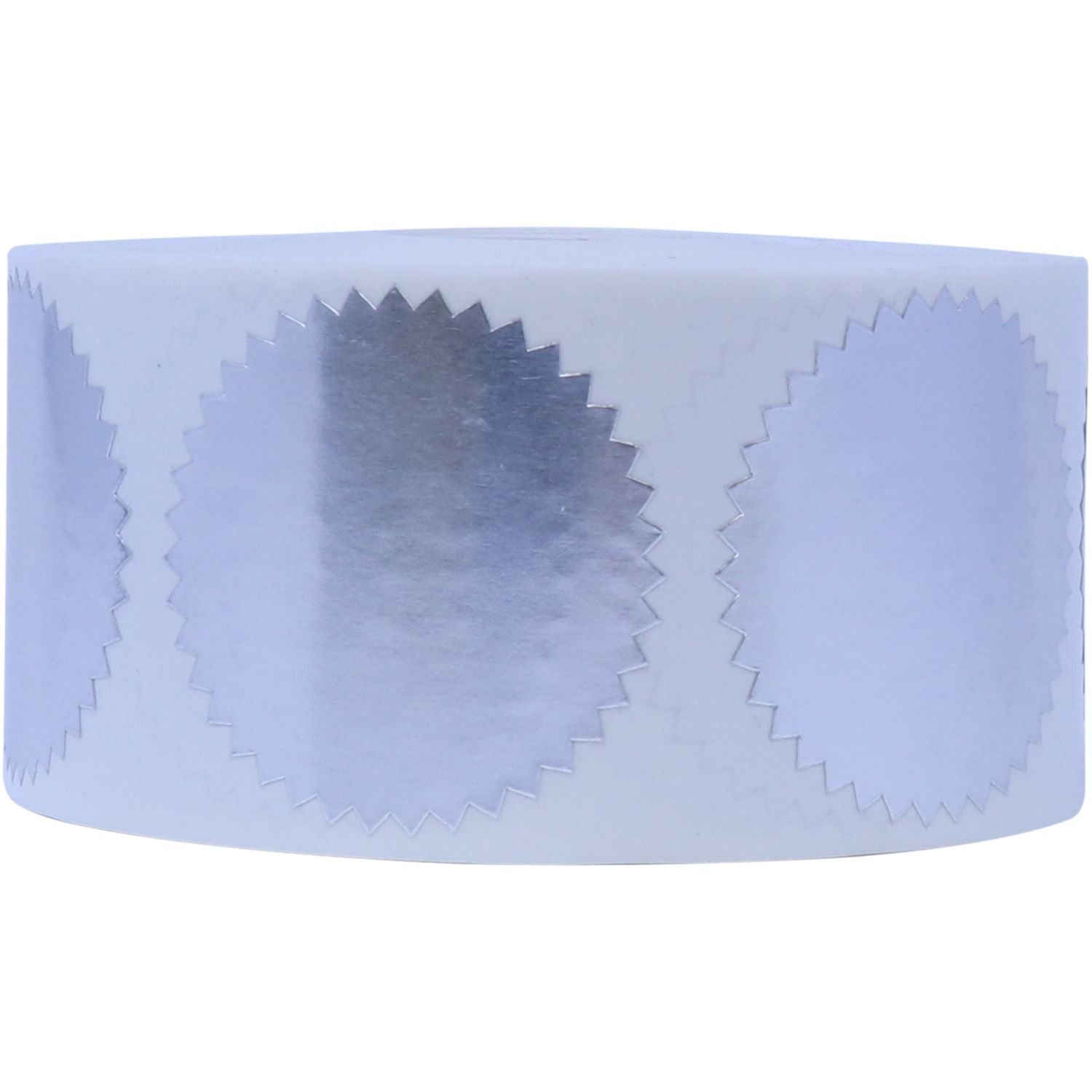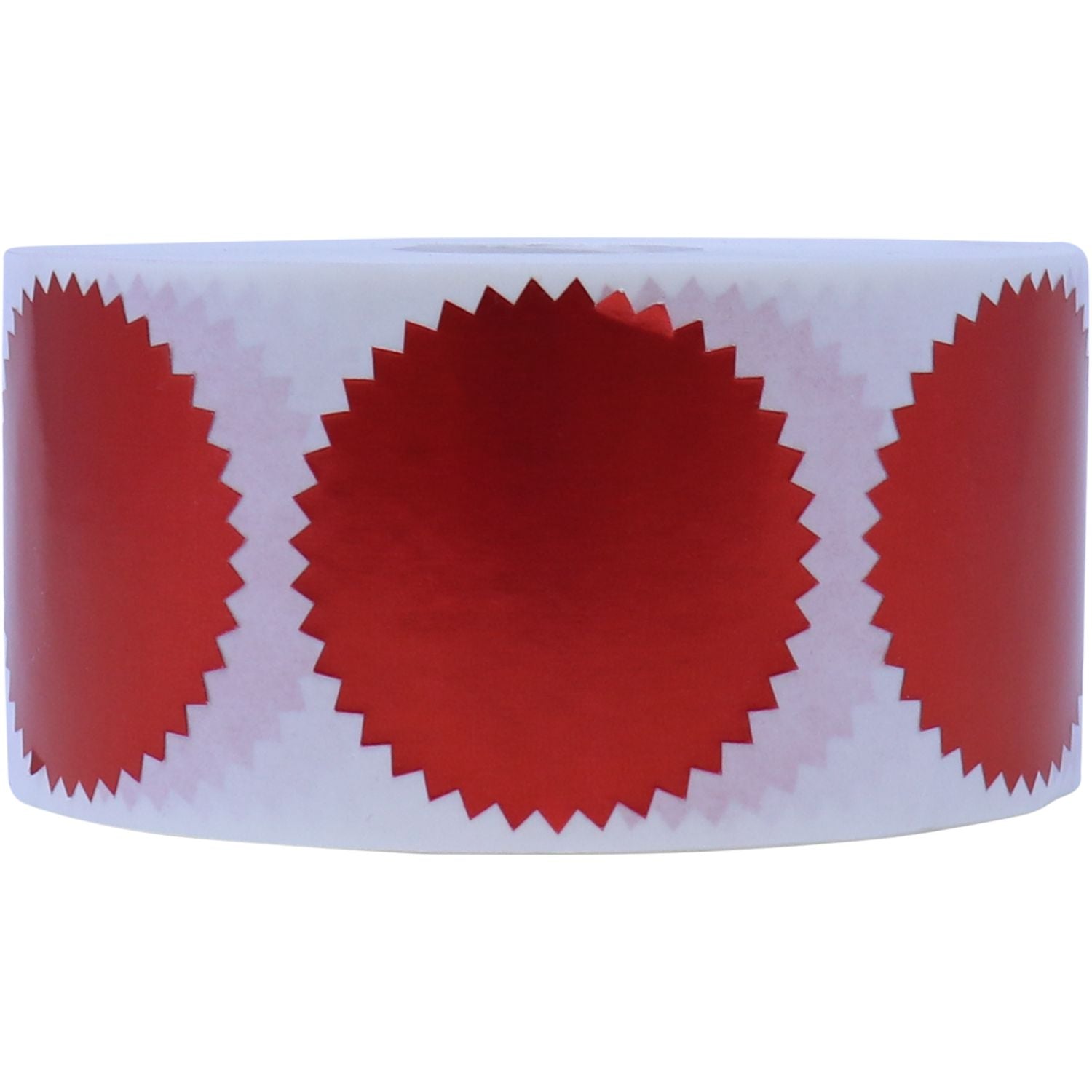Introduction To Ohio Notary Stamp Requirements
Are you wondering if there’s an easy way to understand Ohio notary stamp requirements? You’re not alone. Many new and experienced notaries feel a bit overwhelmed when trying to confirm which stamp or seal style is valid in Ohio, what layout you need, and how to stay compliant over the long run. After all, you’re juggling serious responsibilities, from verifying identities to safeguarding important documents. So let’s walk through those stamp requirements clearly, step by step, so you can feel confident about your notarial duties.
In Ohio, you must use an official seal on each notarized document, and that seal typically comes in the form of a stamp or an embosser. But, as you might guess, it’s not enough to buy any old impression tool online, call it a day, and hope for the best. You have to meet specific state regulations about what information appears on the stamp, and you also want to present yourself as professional and trustworthy. Any mismatch between your commission details and your stamp can lead to rejected documents and confusion down the line.
This guide pulls together everything you need to know to keep your practices on track, from must-have elements for your seal to tips on choosing a durable stamp. You’ll also learn about safe storage, easy ordering methods, and ways to avoid the most common pitfalls. Together, we’ll simplify the notary stamp process so you can focus more on what you do best: ensuring documents are legitimate and properly signed. Let’s dive in.
Fundamental Duties Of An Ohio Notary Public
Before you pick out the perfect stamp, it helps to brush up on your overall responsibilities. As a notary public in Ohio, you’re more than just someone who applies a seal. You carry out tasks that protect citizens and businesses from fraud, such as verifying identities, witnessing signatures, and confirming that everyone involved is acting willingly. To fulfill these duties effectively, you’ll rely on a few official tools, primarily your stamp or seal.
Official Documents You May Need
You’ll often come across various documents in your notarial career. Some are standard, like affidavits and acknowledgments, while others can be more specialized, such as real estate deeds or automobile title transfers. Here’s a quick rundown of items you might handle:
- General affidavits for legal statements
- Mortgage and real estate closing documents
- Power of attorney forms
- Contracts or business agreements
- Vehicle title transfers
When you’re presented with these documents, you need to verify the signer’s identity, ensure they understand the contents, and double-check they’re signing voluntarily. After that, you apply your signature and stamp.
Why Stamps And Seals Matter
Ohio law requires an official seal to confirm that a notary is duly appointed, active, and authorized to notarize. This seal is your “official mark,” identifying you and providing essential details about your commission. Employers, government agencies, and other parties rely on that mark to verify the validity of the notarization. If your stamp doesn’t comply with Ohio requirements, the documents you notarize could be rejected, which can cause headaches for everyone involved.
Essential Ohio Notary Stamp Guidelines
Now that you know your core responsibilities, let’s talk about what your notary stamp must include. Ohio notary stamp requirements generally emphasize clarity and legibility. Your stamp should do more than just say, “This is a notary.” It needs to contain specific information that ties back to your commission.
Recommended Stamp Layout
In most cases, your stamp should feature:
- Your name exactly as it appears on your commission
- The words “Notary Public”
- The state of Ohio, often displayed as “State of Ohio” or “Ohio”
- Your commission expiration date
Some notaries prefer round stamps, while others choose rectangles. Regardless of shape, you’ll want to ensure the text is clear, not cramped. Avoid elaborate designs that make your commission details impossible to read. You’re aiming for simplicity, because officials inspecting notarized documents should see your stamp details at a glance.
Key Components Of A Valid Ohio Stamp
If you’re uncertain about how each piece of information should be arranged, remember this simple breakdown:
- Your Name: Must match your commission name exactly, including any middle initials or suffixes you used when applying.
- State Reference: “Notary Public, State of Ohio” is a popular phrase.
- Commission Expiration Date: Keep it up to date. Once you renew, you’ll need a new stamp that shows the extended expiration date.
While there’s some flexibility in design, these elements are non-negotiable. Including them helps your notarization stand up to scrutiny from courts or agencies.
Selecting Your Stamp Material And Style
Choosing the right stamp goes beyond legal requirements. You also want a stamp that fits your work style, budget, and environment. Think about how often you notarize. If you’re stamping documents all day, you might favor something sturdy and efficient.
Traditional Rubber vs. Self-Inking Stamps
Rubber stamps require a separate ink pad. They’re typically cost-effective but can be a bit messy if you’re rushing. Self-inking stamps contain an internal ink pad, so they’re cleaner and faster. However, their upfront cost can be higher.
Here’s a quick comparison table:
| Stamp Type | Pros | Cons |
|---|---|---|
| Traditional Rubber | - Low cost | - Requires separate ink pad |
| - Many design options | - Ink pad can dry if left open | |
| Self-Inking | - Quick, less messy | - Higher initial price |
| - Convenient for frequent use | - Internal pad needs replacing |
If you’re a notary who travels often or conducts field appointments, it might be worth investing in a self-inking model. You’ll save time and won’t have to worry about lugging around multiple supplies.
Sustainability And Ink Quality
Notary stamps see frequent use, so durability matters. High-quality plastic or metal frames will stand up to repeated stamping. In terms of ink, opt for water-based or oil-based varieties that won’t smudge easily. Some brands even offer environmentally friendly inks. If you’re working in conditions with variable temperatures, you should consider an ink that remains visible under many circumstances to keep your documents consistent and official.
Maintaining Compliance With Ohio Regulations
Staying compliant with Ohio notary stamp requirements is not a one-time event. You need ongoing awareness of changes in state rules and diligence in protecting your seal. The good news is that the process doesn’t have to be complicated once you set up a few good habits.
Storage And Security Essentials
You’re responsible for preventing unauthorized use of your stamp. At home or in the office, keep it in a locked drawer or secure container. That way, colleagues, family members, or clients can’t mistakenly borrow it. If someone uses your seal without permission, it can create legal problems for you and undermine the trust people place in notaries.
Ways to protect your stamp:
- Keep it under lock and key when not in use
- Never share it with anyone, even coworkers or your boss
- Periodically check its condition and ink levels
When You Need A Replacement
Eventually, your stamp’s imprint might fade, or you’ll receive a commission renewal. When that happens, you’ll need a fresh tool with your updated expiration date. If you change your name legally, you’ll also need a new stamp that reflects that name change. Always make sure you dispose of or deface your old stamp properly, preferably by destroying it so that no one can misuse it.
How To Acquire A Notary Stamp In Ohio
Buying a notary stamp sounds straightforward, but you want to avoid searching endlessly for a reputable provider. Your best bet is to look for a supplier that guarantees compliance with Ohio rules and provides quality support. Many notaries turn to brands that specialize in notary equipment, especially those with proven experience and strong customer reviews.
Working With Engineer Seal Stamps
One trusted supplier for Ohio notary materials is Engineer Seal Stamps, which has over 60 years of experience serving notaries across various states. Their team understands how critical it is to have a seal that meets your state’s guidelines. Plus, they offer speedy service so you can get up and running fast. You’ll also appreciate their free electronic stamp with purchase, which can be a bonus if you need to certify electronic documents or prefer digital workflows.
What To Expect During The Ordering Process
You shouldn’t have to jump through complicated hoops to get your stamp. A typical ordering process looks like this:
Step 1: Providing Your Commission Information
You’ll likely fill out a short form, including your name, commission details, and expiration date. Double-check the spelling because how you list your name here will appear on your stamp. If your name is wrong on the stamp, you’ll have to reorder, spending extra time and money.
Step 2: Choosing The Right Stamp
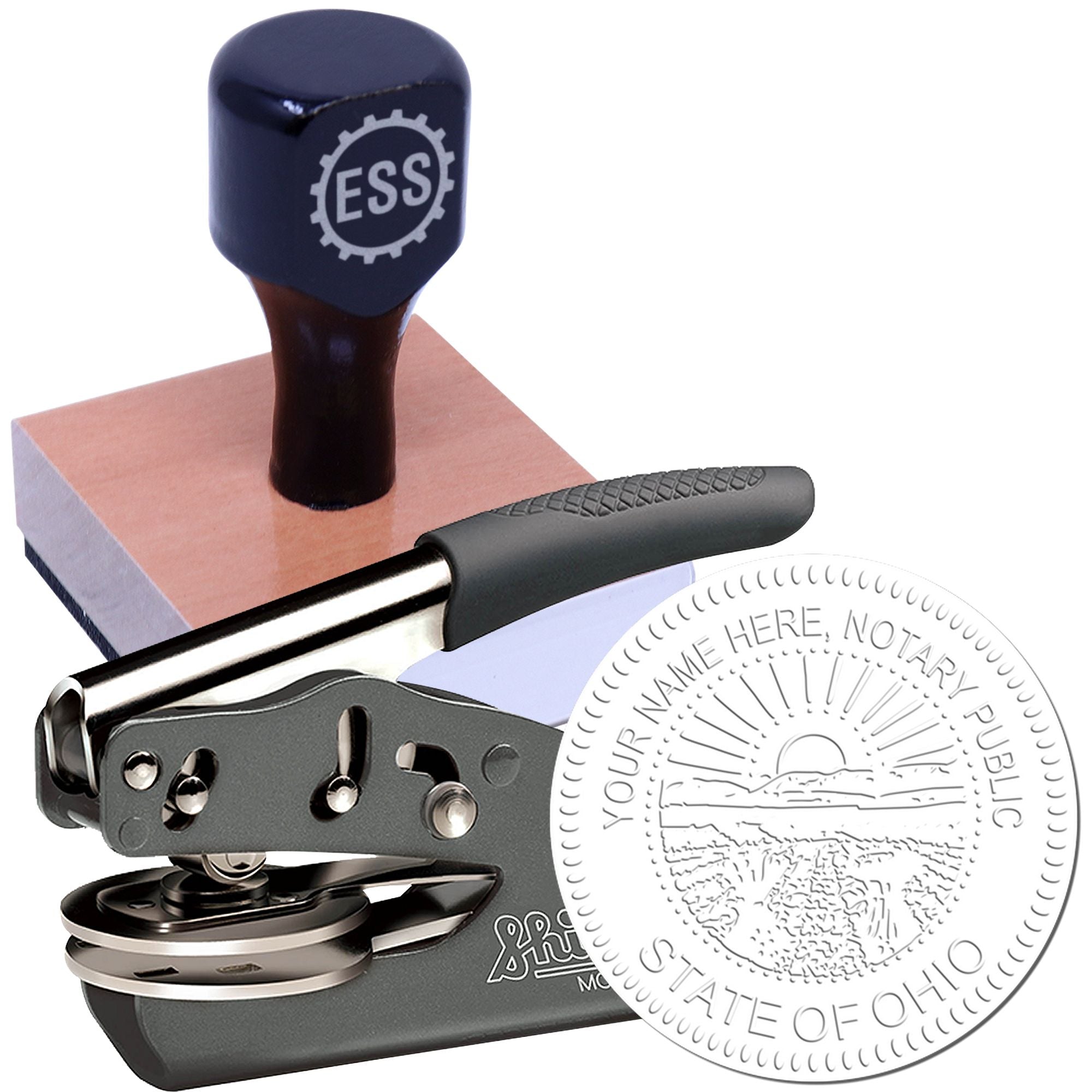


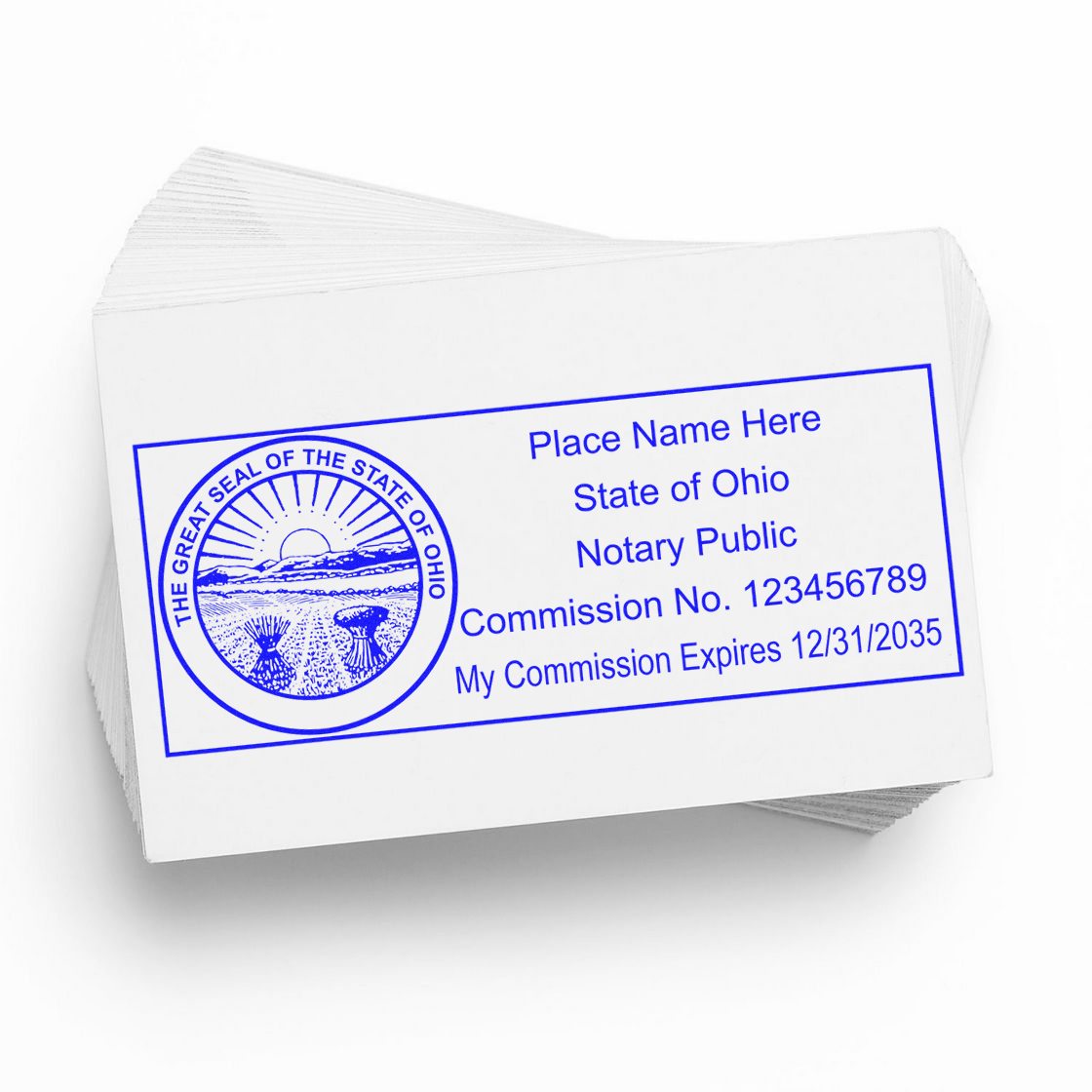
Here’s where you pick a design, shape, and ink type. Remember the shape doesn’t matter as much as clarity does. If you’re stamping hundreds of papers daily, you might favor a self-inking design. If you notarize occasionally, a classic rubber stamp might be enough. Engineer Seal Stamps offers multiple styles, and their customer service can guide you if you have questions.
Step 3: Finalizing Your Purchase
Once you confirm your details and select your shipping method, your new stamp will be on its way. Keep your eyes out for any bundled offers, like free additional ink or that free digital stamp. When it arrives, test it on scrap paper to confirm that everything is correct and legible.
Tips For Smooth Notarizations
Even a perfectly designed Ohio notary stamp won’t help if other parts of your process are unpredictable. Consider these practical steps to ensure hassle-free notarizations every time.
Verifying Signer Identity
When someone approaches you for notarization, the first step is verifying who they are:
- Ask for a valid photo ID, such as a driver’s license or passport.
- Compare the photo with the individual in front of you.
- Confirm the name on the ID matches the name on the document.
If identity details don’t match, you’ll need further evidence or might decline the notarization altogether. Your role is to ensure honesty and legitimacy, so don’t skip this step.
Keeping Thorough Records
You’ll want to track each notarization you complete in a journal or log. While Ohio doesn’t always require a notary journal, it’s highly recommended. A simple entry with the signer’s name, date, type of document, and any relevant notes can save you from confusion if questions arise later. For instance, if a signer claims you improperly notarized a document, your journal can prove you followed the correct process.
Accessing Additional Notary Supplies
Your stamp is the centerpiece of your notarial toolkit, but you might also need other items to keep operations efficient. Consider picking up items like blank certificates, additional ink pads, or a sturdy carrying case if you’re a mobile notary.
For a one-stop shop, check out the ohio notary supplies page, where you’ll find items tailored specifically for Ohio requirements. Many notaries find it easier to buy from a single source, both to maintain product consistency and to reduce shipping or logistical hassles.
Common Mistakes And How To Avoid Them
Mistakes can happen to the best of us, but you can reduce your risk by knowing the most frequent pitfalls. While using the right stamp is crucial, applying it consistently and following proper procedures is just as important.
Incorrect Document Formats
Sometimes, a document might already have a pre-printed notarial certificate that doesn’t match Ohio’s wording. When you notice something off, you can attach a separate Ohio-compliant certificate or revise the language if allowed. Never notarize a document with incomplete or confusing certificate text. If you’re unsure, talk to the signer or a legal professional before proceeding.
Using An Expired Stamp
It’s easy to lose track of your expiration date if you’re not consistently referencing it. Make a habit of noting your commission expiry on your calendar or in your phone. That way, you can start the renewal process well before your stamp becomes invalid. An expired stamp can invalidate a notarization and potentially cause legal issues. If you do let your commission lapse, you must stop notarizing until you renew and obtain a fresh seal.
Reasons To Trust Engineer Seal Stamps
With all these details swirling in your head, you might be contemplating which provider is best. Engineer Seal Stamps has built a solid reputation, especially among Ohio notaries, for these reasons:
- Over 60 Years Of Experience: They’ve been around for decades, refining their products to meet the changing needs of notaries and other professionals.
- Emphasis On Ohio Requirements: Their staff knows the precise criteria the state expects from your stamp.
- Speedy Service: You can’t afford delays in your notary business, and you rarely have time to wait weeks for a seal. Engineer Seal Stamps focuses on quick turnaround times so you can keep moving.
- Free Electronic Stamp With Purchase: This perk can help you handle electronic certificates or digital files. You’ll have a digital imprint that matches your physical stamp’s details, giving you flexibility in a digital world.
- Unwavering Quality: Check out their testimonials from other Ohio notaries. Customers often rave about the clarity, durability, and ease of use of these stamps.
You’re not just buying a product, you’re investing in a reliable partnership that supports your professional mission.
Case Scenarios Of A Notary Stamp Used Correctly
Even when you understand the laws and have the right stamp, it can help to see real examples. Let’s explore two typical scenarios where your Ohio notary stamp plays a vital role.
Scenario 1: Real Estate Closing
Imagine you’re notarizing a deed transfer for a couple buying their first home. Several documents require notarization, but each form has designated notarial wording that references Ohio-specific rules. Before you stamp, you check the signer’s ID, confirm they understand the foreclosure clauses, and watch them sign. Finally, you apply your stamp neatly next to your signature. Because you’ve used a self-inking device, it’s quick and clean, and the text is easy to read.
Scenario 2: Power Of Attorney Document
Now, suppose you’re notarizing a power of attorney for an elderly client who wants to assign decision-making authority to a relative. You verify both parties’ identities. The signer states they’re acting of their own free will. You note all details in your journal, then stamp and sign. Because the stamp includes your full name and commission expiration, the attorney reviewing the document later can clearly confirm your authority.
In both examples, the stamp underscores your legitimacy, ensuring all parties trust the final, notarized form.
Frequently Asked Questions
Below are five common questions people have about meeting Ohio notary stamp requirements, choosing supplies, and handling tricky notarizations.
Do I need to be bonded before purchasing my notary stamp?
Ohio does not universally require notary bonds, but some counties or specific roles might. Even if you’re not required to get bonded, it can be wise to carry some form of protection or insurance, just in case of errors. Check local regulations to confirm what’s mandatory in your area.Can I include my business address on my stamp?
Typically, your stamp must reflect your exact commission details, which often do not include a business address. If the state doesn’t mention addresses on the seal, it’s best not to add extra text. Only list the core information—your name, the state, and the commission expiration date—to avoid confusion.How often should I check for changes in Ohio notary laws?
It’s good practice to review updates annually or whenever you renew your commission. You can stay current by subscribing to your county’s or the state’s email notices on notary regulations. Staying informed helps you respond quickly to any new requirements.What should I do if I lose my stamp?
If you lose your stamp, notify your local authorities or the Secretary of State’s office immediately. They may direct you to file a loss report. You’ll also want to replace your stamp as soon as possible. In the meantime, you can’t conduct notarizations without a valid seal.Where can I get extra supplies, like embosser inserts or ink refills?
A specialized provider such as Engineer Seal Stamps can help you restock supplies. They typically offer everything from additional ink pads to replacement embosser plates, ensuring you’re always equipped for your next notarization session.
Key Takeaways
- Your notary stamp is more than just a mark, it’s a legal tool that verifies your status and authority.
- Ohio notary stamp requirements dictate specific elements: your name, your commission’s details, the state reference, and your commission expiration date.
- A well-made stamp, along with a solid record-keeping routine, prevents document rejections and legal disputes.
- Consider self-inking vs. traditional rubber stamps based on your workload and personal preference.
- Proper storage and secure handling of your stamp is a non-negotiable responsibility.
- You can trust Engineer Seal Stamps for Ohio notary supplies because of their long-standing experience, speedy service, and free electronic stamp with each purchase.
- Always keep an eye on your stamp’s condition and your commission’s expiration date to avoid accidental lapses.
- Rely on a dedicated vendor for additional supplies, like an embosser, ink refills, or notary journals, to round out your notary toolkit.
Now, you’re set to fulfill notary duties confidently. By following these best practices and choosing a reliable supplier, you’ll simplify compliance and ensure every notarization goes off without a hitch. If you haven’t ordered your stamp yet, take a moment to explore trusted providers, confirm your commission details, and pick the style that makes your day-to-day tasks a breeze. Good luck, and happy notarizing!



